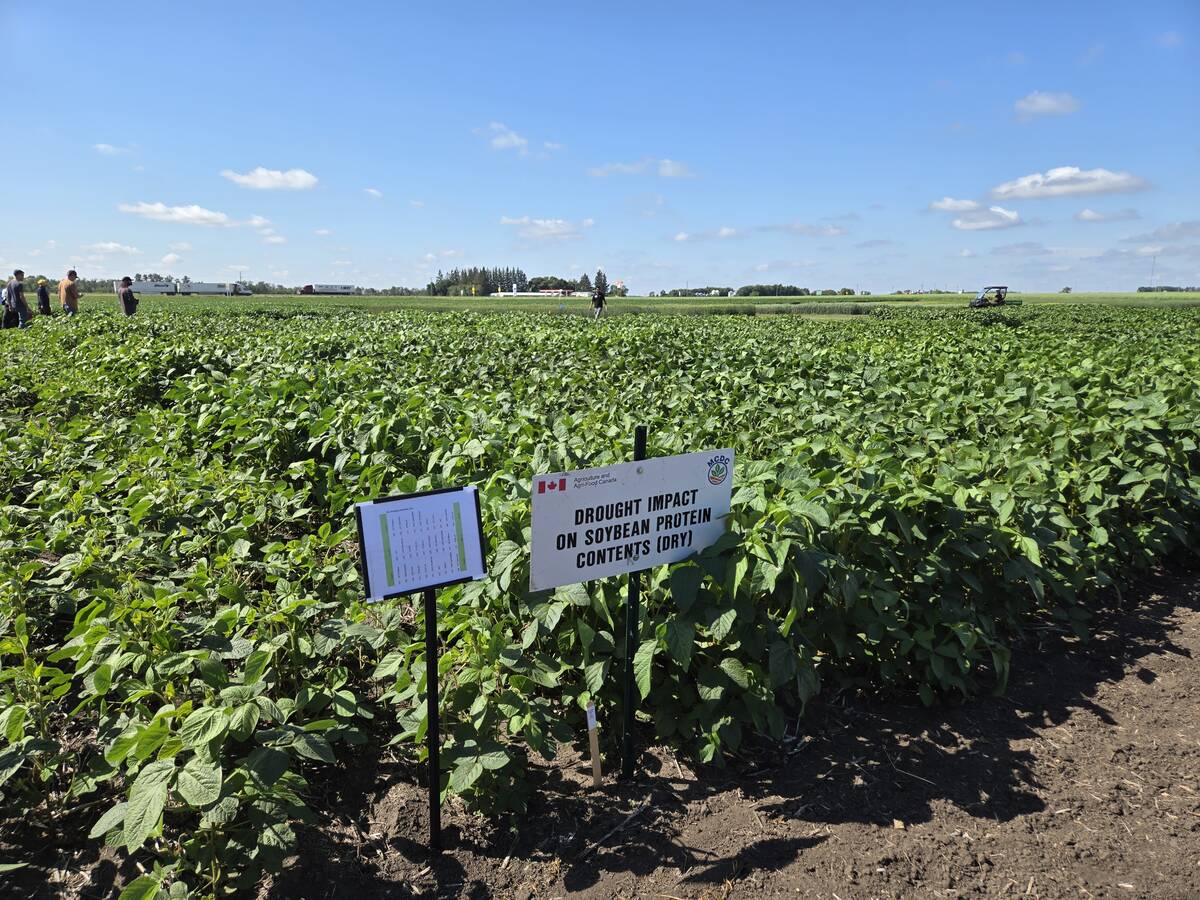Turning barley into beer is a fine tuned science for growers and brewers.
In three of the last five years there have been problems with barley quality due to poor weather. Only about a quarter of the samples submitted are selected for malt, said representatives from the malting and brewing industries at the Western Barley Growers Association convention in Calgary Feb. 12-13.
If an early maturing barley could be developed, it would be harvested before frost, opening up growing opportunities in a wider geographical area. Malt selections could increase to 40 percent from 25, said Robert McCaig of the Canadian Malting Barley Technical Centre.
Read Also

Carberry field day looks for agriculture solutions
Manitoba farmers explored research solutions for resilient crops, perpetual agronomic issues and new kinds of agricultural products at a field day at the Manitoba Crop Diversification Centre in Carberry on Aug. 6.
“We think there is room here to get our selection criteria up even though we have very stringent selection criteria,” he said.
More varieties are needed to meet different brewers’ specifications.
“There are different types of malting barley and there are different customers who require these different specs,” said Michael Brophy of the Brewing and Malting Barley Research Institute.
Favoured varieties from Canada are AC Metcalfe and CDC Copeland. Kendall has limited demand and there are some requests for Newdale from domestic and foreign customers.
Variety is important and the industry tends to stay with what has worked well in the past. Brewers want a malt that is adapted to a wide variety of beers and they will blend several types in a batch.
“There is no brewer in North America, and I would say Europe, that is using one single variety of malt barley. Most of them use three to four different varieties in their blend. That is to avoid potential disasters,” McCaig said.
The world brews about 1.9 billion hectolitres of beer each year with the greatest growth in South and Central America, Eastern Europe and Asia.
In North America the growth is happening in the craft brewing industry.
Canadian domestic beer sales are about 20 million hectolitres per year, which requires 300,000 tonnes of malting barley.
For modern beer makers, the search for the perfect kernel of barley goes beyond plumpness, said Brophy.
They look at components like aribinozylan, a measurement of non-starch polysaccharides in the barley that may affect taste or cause haze in beer.
Maltsters want 11 to 12.5 percent protein with the right balance of enzymes, malt extract levels and fermentable sugars.
Hull adherence is important. The intact hull protects the barley during germination and the kilning process at the malt house. This trait has been a critical component when evaluating new varieties.
Uniform germination is also important so all the kernels grow at the same stage.
No green kernels are wanted and they must be free of heat and frost damage. Staining is undesirable, but if there is a shortage of barley, this is one of the characteristics that will sometimes be accepted.















